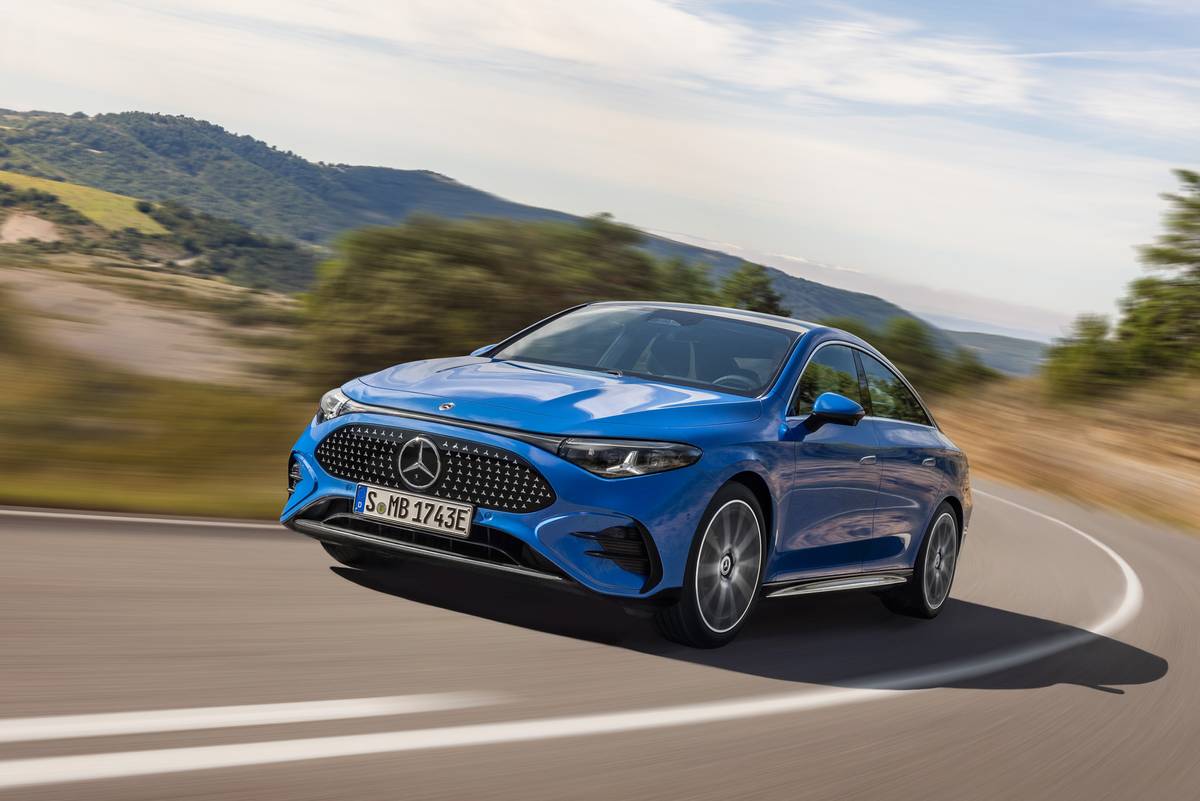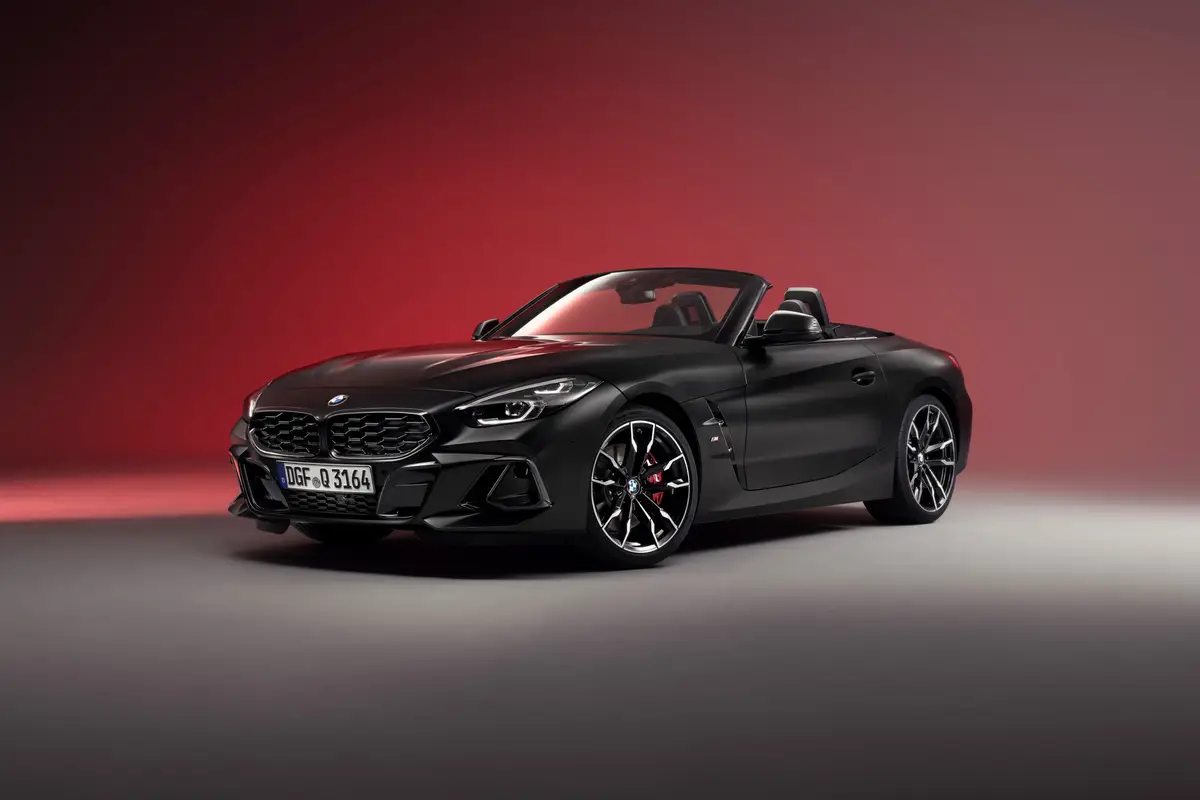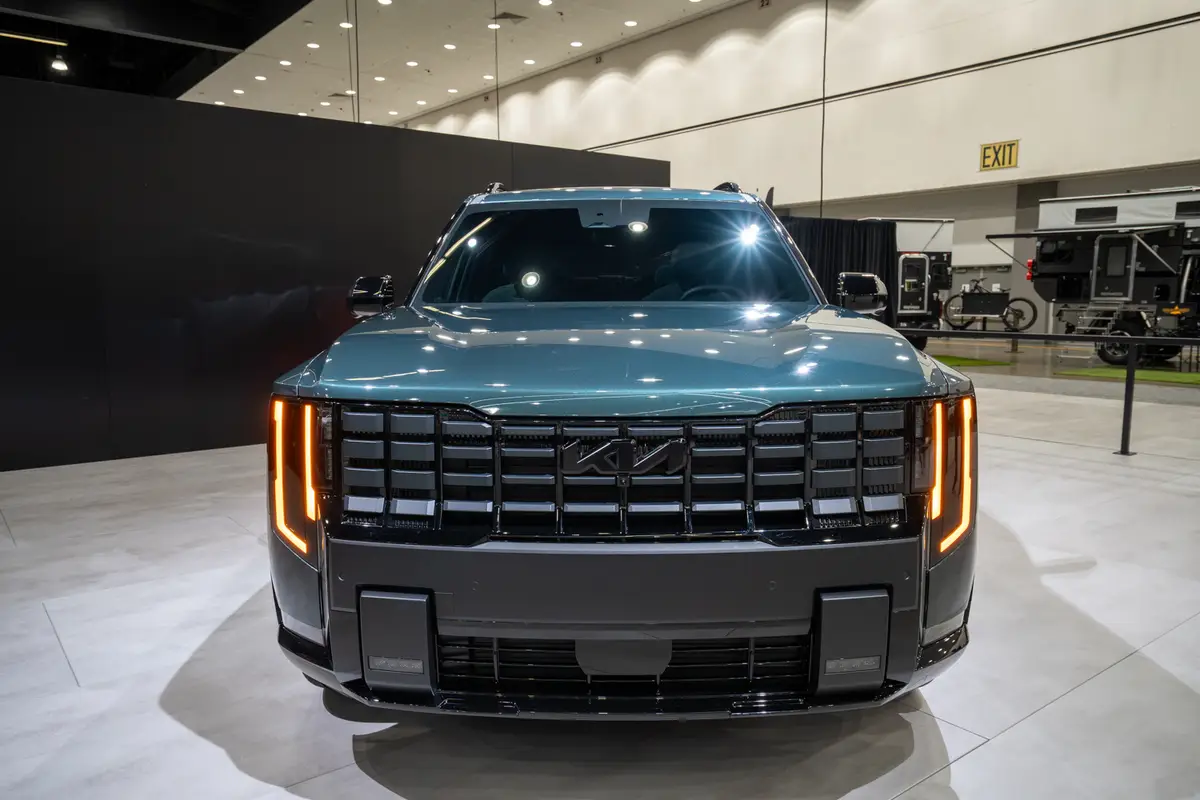washingtonpost.com's view
There are people for whom price is no object. They are not necessarily rich. They are in love.
When it comes to certain automotive marques — Jaguar, Land Rover, Rolls-Royce, Aston-Martin — theirs is a love that defies most commonly held views of common sense.
Yet, their love is not unconditional. It is not a mid-life crisis. It is as deliberate as a pre-nuptial agreement. The object of affection must keep certain promises. It has to bring something to the table.
Consider, for example, the subject of this week’s column, the 2011 Land Rover Range Rover HSE sport-utility vehicle, priced north of $90,000 as equipped for the sample drive.
But, first, an aside: Jaguar and Land Rover are now owned by Tata Motors, a part of the Tata Group, India’s largest corporation and a multinational conglomerate.
From 1900 until it achieved independence in 1947, India was a part of the British Empire. Tata bought Jaguar and Land Rover from American-owned Ford Motor Co. in 2008 for the bargain-basement price of $2.3 billion.
Think about that. Two former colonies of Great Britain, America and India, have owned legendary British automotive marques. America, which never took colonialism seriously, made a mess of both Jaguar and Land Rover. Having done so, it sold the remains of the once-proud British automotive companies to Tata of India.
Tata takes colonialism seriously. That is not an insult. It is why, so far, it is nurturing a somewhat successful rebirth of Land Rover and Jaguar. The caveat is needed because reality — slow sales — has yet to mate with perception — for example, that Land Rover is back in all of its glory with none of its former faults.
It is arguably true that the people who buy Land Rover’s top-of-the-line Range Rover HSE would not buy something like the slightly more expensive Porsche Cayenne sport-utility vehicle. For one thing, there is the matter of heritage. The Range Rover HSE has it. The nouveau riche Cayenne doesn’t. The people who buy Range Rovers value heritage. It is an essential part of their celebration of beauty.
The Range Rover brand has long had an association with British royalty. But Porsche’s Cayenne is associated with little other than a need to make money in global markets, mostly in North America, where drivers are clamoring for more SUVs.
Under Ford’s tutelage, Land Rover’s Range Rover sort of lost its way. The good news was that Ford brought much-improved technology to Range Rover — better engine and emissions controls and computer-controlled suspension systems. The bad news was that all of that Yankee know-how was introduced at the expense of Old World craftsmanship, highly valued by a certain class of people willing to spend big bucks on an automobile and then to invest even more in regional, national and international clubs to honor their favored marque.
Tata, with its legions of intelligence technology experts, improved the Yankee know-how. But it brought back the Old World craftsmanship in a way made possible only by a corporate mentality that deeply understood and valued the service of afternoon tea.
Imagine a motorized palace with iPad, iPod, and other infotainment capability. That’s a simple way of putting it. But it’s pretty much what you have in the 2011 Range Rover HSE. And it is mostly there as standard equipment, including a high-definition, dashboard-mounted backup camera. There is little of the vulgar nickel-and-diming for optional equipment so often favored by the people at Porsche.
The Range Rover HSE’s standard equipment is embedded in genuine luxury — super-supple Blenheim leather on the heated front and rear seats, superbly stitched Cambridge leather atop the instrument panel, the heated leather steering wheel. The Range Rover HSE smells rich. It feels like the stuff of royalty.
ut it all would be meaningless in the absence of performance, of which the Range Rover HSE has plenty. It has the guts — a 5.7-liter, direct-injection V8 engine (375 horsepower, 375 foot-pounds of torque). It has a full-time, four-wheel-drive system that can be electronically adjusted for different surfaces, such as sand, snow, mush and mud. For those leery of the frequent off-road need to drive down steeply inclined mountain paths, the Range Rover HSE offers standard hill-descent control, a computerized system that automatically takes over engine acceleration and braking to move you downhill at a slow, even pace. For drivers finding it necessary to stop in the middle of a steep uphill climb, the Range Rover HSE also comes standard with brake hill holder technology.
But what the Range Rover HSE lacks as standard equipment, and what arguably is holding back its sales growth, is consumer confidence. During its many years of foster parenthood, it has passed from Britain’s Leyland Motors to British Aerospace to Germany’s BMW, and then to America’s Ford and finally to India’s Tata.
A number of things were lost in those various transitions, chief among them the once legendary reliability of Land Rover products. Tata appears intent on restoring that reputation with the same passion and attention to detail it is investing in restoring Land Rover’s reputation for Old World craftsmanship.
There is a market for success in that endeavor. It is affluent, not necessarily filthy rich, but willing to fund the purchase of a vehicle that supplies beauty, heritage and performance. It is a market in which hearts open well before wallets.
Latest news



